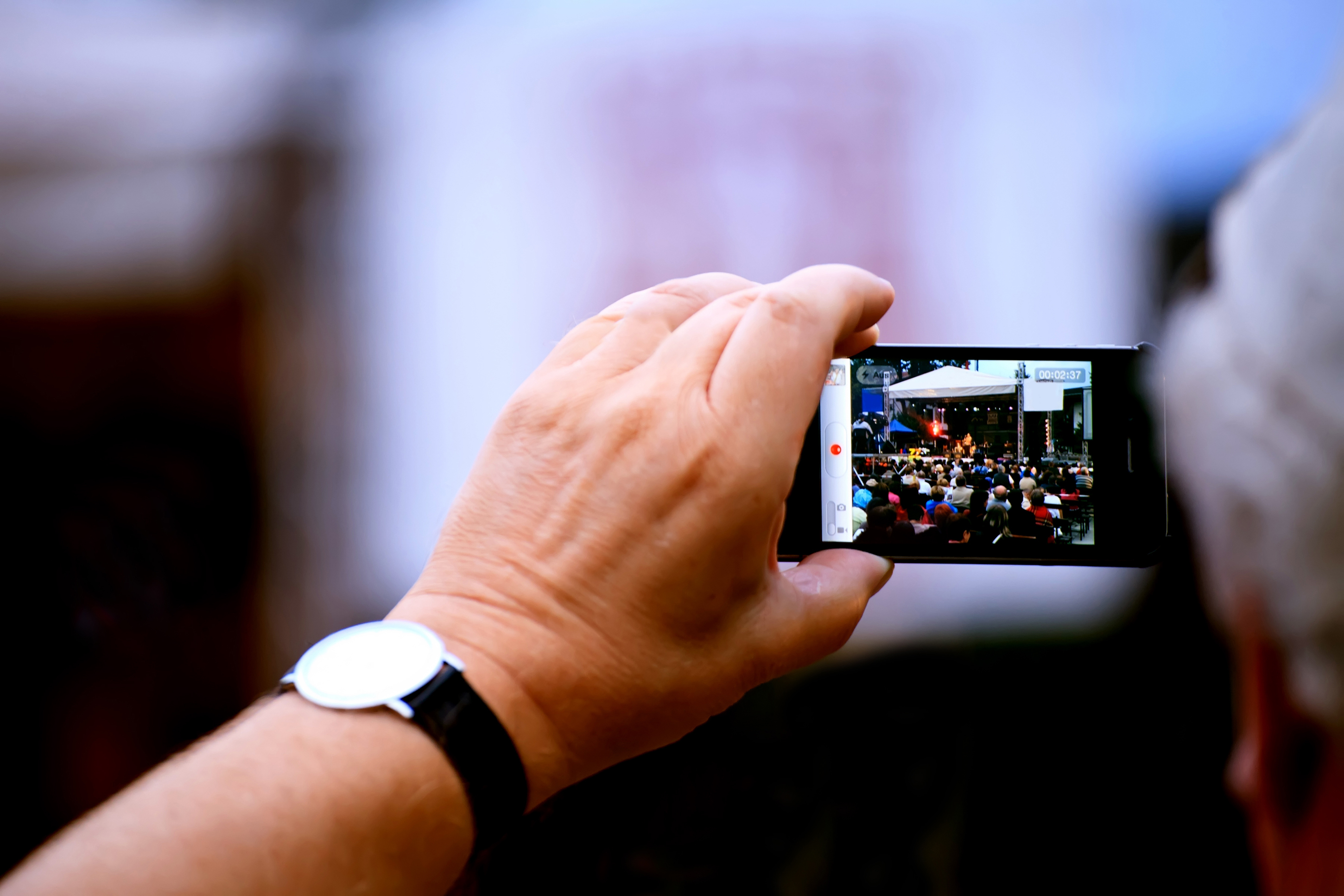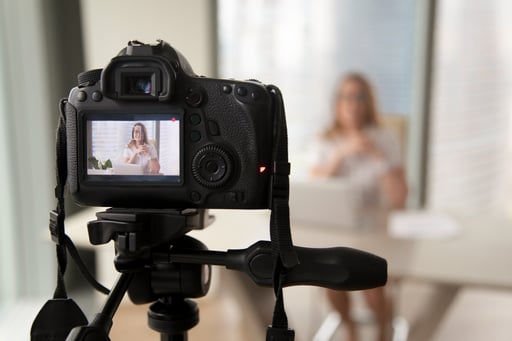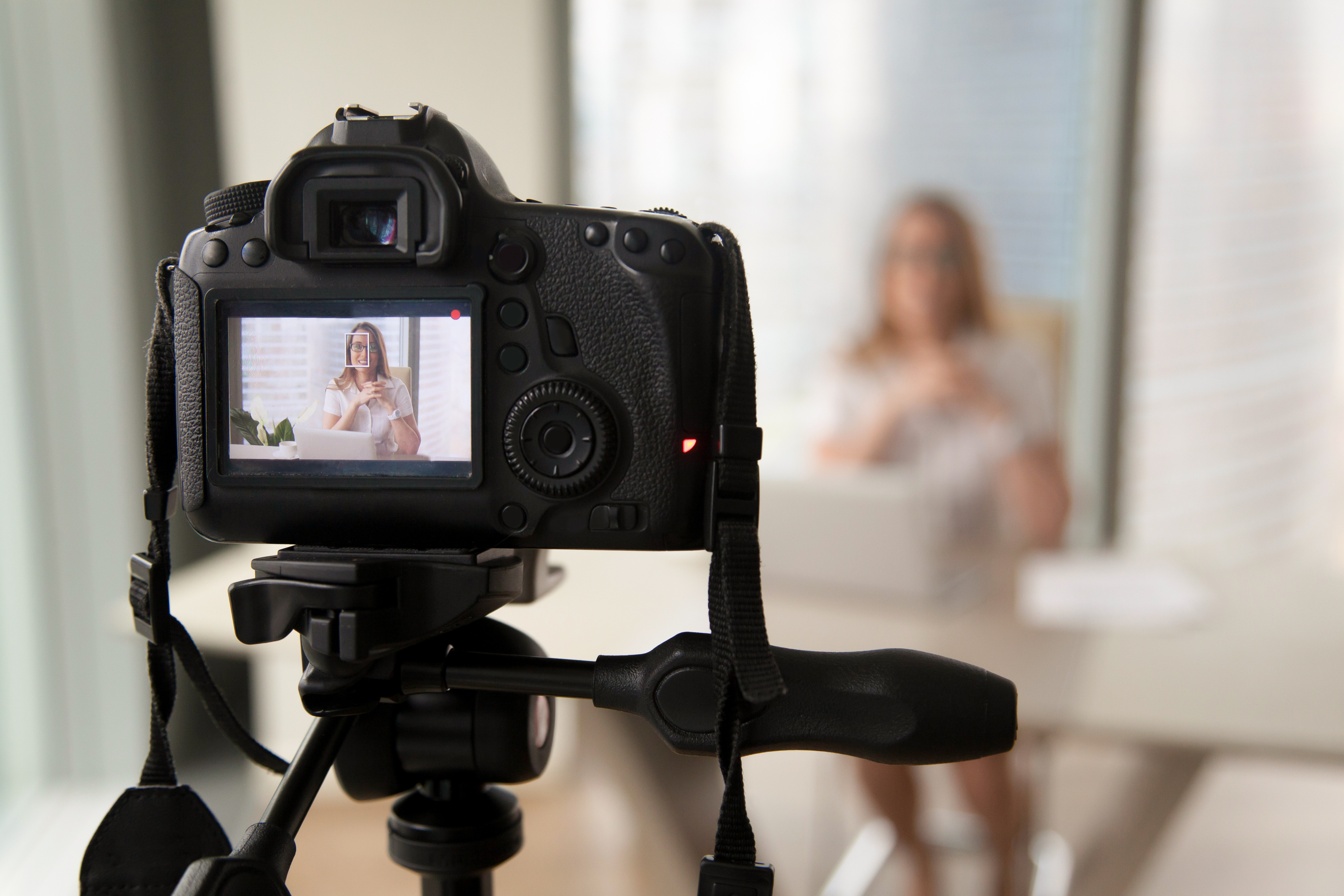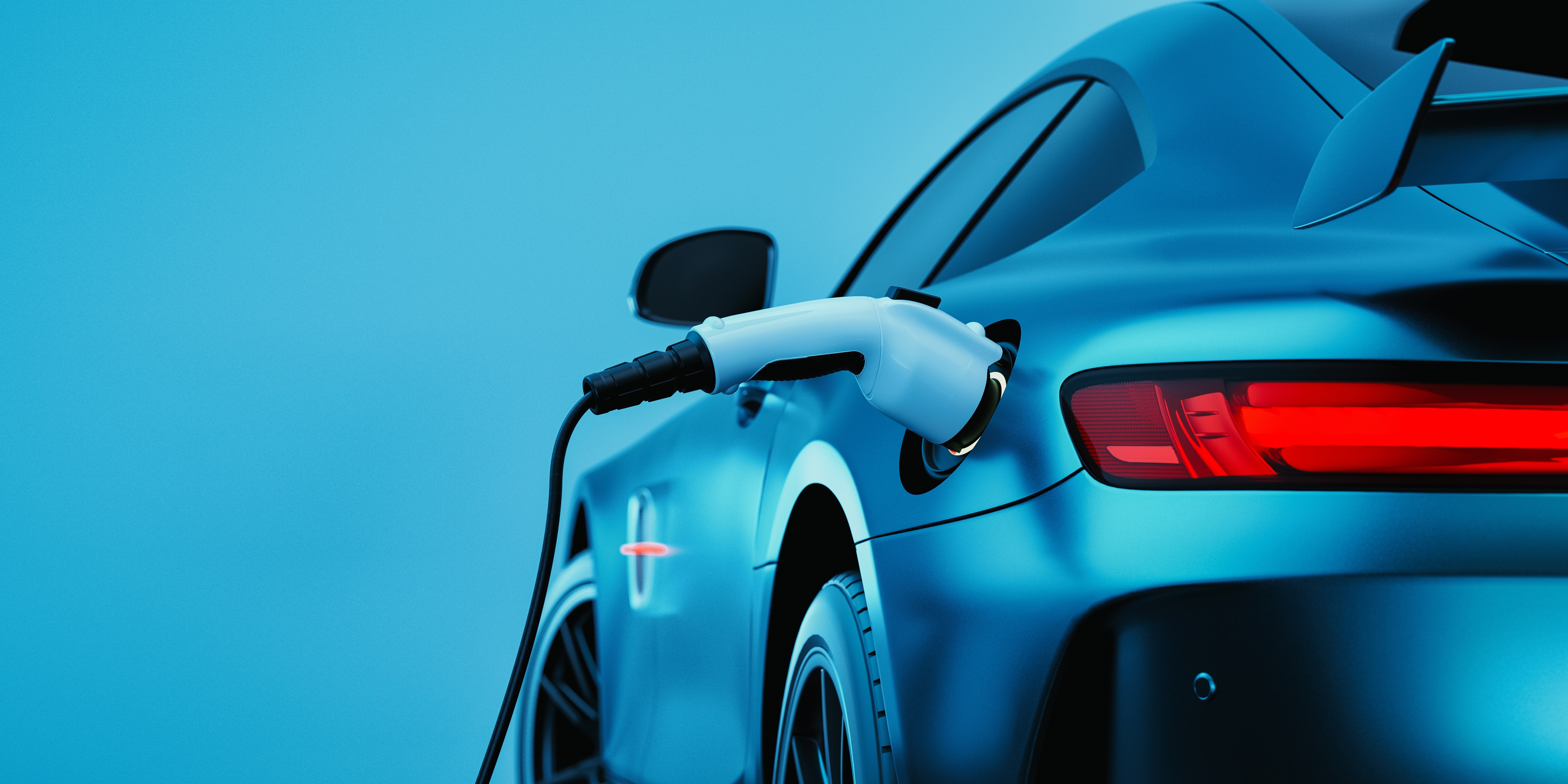With the ready availability of high-quality cameras built into the smart phone in everyone’s pocket, user generated content has become hugely popular within organisations as a way of generating footage at low cost. Ensuring that the quality of the filming is also of a high standard often comes secondary. But it needn't. Below, we have listed our top tips for getting the best from UGC.
Content
Every good film starts with the script and it's no different for you. Think very carefully about what you want to say. You may find that drafting a script, and perhaps using sketched drawings or a text description to share your ideas in the form of a storyboard helps.
Carefully plan the length of each shot and depending on your plans for editing (there may be no time to do any!) you may need to shoot in sequence, so your finished film plays back straight from the camera.
Holding the Camera
Firstly, hold it still, and don't wave it around! The biggest mistake new video users make is to film in the way you would naturally look at a subject. The human eye will dart about taking in details of a scene, but with a video this is called 'hosepiping' and is very difficult to watch. Pros keep the camera steady, framed up on a pleasing composition and they let the action happen in the frame.
Introduce slow camera movements where appropriate, either (very slow) pans across a scene, or (very slow) zooms in or out, either to reveal more of a subject, or throw emphasis on a subject by moving in. Make sure you have a reason for any camera move.
Hold the camera on its side, in landscape format, to ensure your footage will fill the frame in a normal viewing situation. If your video is for social media filming upright can be acceptable, but if you are in any doubt, just ask.
It also helps if, for example, you are shooting a single person, to position them off to the left or right of the frame and have them looking into the frame.
The final point on composition is to try and keep the subject large in the frame. If you are shooting a head and shoulders interview, then make sure the audience can see the expressions on the face, and if filming a larger subject film wide 'establishing' shots with close up detail shots, which can be edited together later.
Background
Try not to shoot against a bright light and watch for straight lines or plants appearing to come out of the subjects’ head or ears. And think about the background you choose - it shouldn’t be too fussy or detailed as that will detract from your message.
Sound
Remember the microphone is usually built into the camera and is often not very good quality. Being built in means you cannot put it where it needs to be - near the speakers mouth or the action. To counteract this, keep the subject close to the camera, close windows and doors, turn off background music, or find a quieter spot to film.
And don't let two people speak at once. The human ear does a much better job of sorting out multiple conversations than a recording, which will sound awful if voices overlap.

Finally, the good news is cameras or phones these days have built in storage so you simply need to copy the files back to your computer for further editing - or sending over to us for post-production
Good luck, and happy filming!


/DRPG%2045th%20Anniversary/DRPG%2045th%20White%20-%20No%20Text.png)


 Back
Back

/Blog%20Images/AEO%20SEO%20-%20Digital%20Blog.jpg)



